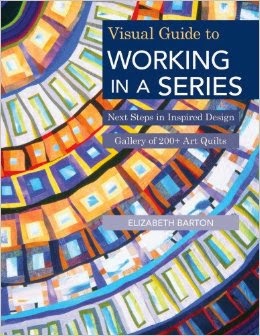
After QBL, I’m still hoping to teach at
Even if I don't get to Lake Superior, I am going to visit
Seeing new art (manmade and nature made) always stirs up ideas and energy. Robert Genn’s newsletter this morning described his “principles of renaissance”. I’d like to think I have some – though some of the authority figures I’ve worked for might not feel them to be so positive! Especially the principle of “inventing new systems” – the library I worked in wasn’t too thrilled about that!!
The “principles” are great ideas to follow: A Renaissance person is consistently curious and questions convention. One should always strive to make better (not just more) work, perfecting skills or learning new ones as necessary and looking for challenges rather than taking an easy path. It is fascinating to see the challenges artists give themselves: giant crocheted constructions,
 paintings of emotion, poems tiny and perfect jewels. We must not fall back on the same old topics and solutions, instead we should invent new ways of solving problems. And take risks. A call to arms that will benefit rather than bankrupt. We need a 21st century Renaissance!!
paintings of emotion, poems tiny and perfect jewels. We must not fall back on the same old topics and solutions, instead we should invent new ways of solving problems. And take risks. A call to arms that will benefit rather than bankrupt. We need a 21st century Renaissance!!
And, if you have been, thanks for reading!
































